Growing Automotive Industry
The automotive industry is a substantial consumer of cast iron, particularly for engine blocks, brake components, and other critical parts. As the automotive sector continues to expand, driven by increasing vehicle production and demand for lightweight materials, the cast iron market is poised for growth. In 2023, the automotive segment represented around 25% of the total cast iron market share, reflecting its importance. The shift towards electric vehicles may also create new opportunities for cast iron applications, as manufacturers seek durable materials for battery housings and structural components. This evolving landscape is likely to enhance The Global Cast Iron Industry.
Expansion of Industrial Applications
The expansion of industrial applications for cast iron is a notable driver of market growth. Industries such as energy, agriculture, and manufacturing increasingly utilize cast iron for its durability and resistance to wear. For instance, cast iron is commonly used in heavy machinery, agricultural equipment, and energy generation components. The versatility of cast iron allows it to meet the diverse needs of various sectors, contributing to its sustained demand. In 2023, industrial applications represented nearly 35% of the total cast iron market, underscoring its critical role in The Global Cast Iron Industry.
Rising Demand in Construction Sector
The construction sector is experiencing a notable surge in demand, which appears to be a primary driver for the cast iron market. As urbanization accelerates, the need for durable and resilient materials in infrastructure projects is paramount. Cast iron, known for its strength and longevity, is increasingly favored for applications such as pipes, fittings, and structural components. In 2023, the construction industry accounted for approximately 30% of the total cast iron consumption, indicating a robust market presence. This trend is likely to continue, as governments worldwide invest in infrastructure development, further propelling The Global Cast Iron Industry.
Technological Advancements in Manufacturing
Technological advancements in manufacturing processes are significantly influencing the cast iron market. Innovations such as automated casting techniques and improved melting technologies enhance production efficiency and reduce costs. These advancements not only streamline operations but also improve the quality of cast iron products, making them more appealing to manufacturers and consumers alike. In recent years, the introduction of 3D printing technology has also emerged, allowing for more complex designs and reduced waste. This evolution in manufacturing capabilities is expected to bolster The Global Cast Iron Industry, as companies seek to leverage these technologies for competitive advantage.
Increased Focus on Recycling and Sustainability
The emphasis on recycling and sustainability is becoming increasingly relevant in the cast iron market. As environmental concerns rise, manufacturers are adopting more sustainable practices, including the recycling of scrap cast iron. This not only reduces waste but also lowers production costs, making it an attractive option for companies. In 2023, recycled cast iron accounted for approximately 40% of the total cast iron production, indicating a significant shift towards sustainable practices. This trend is expected to continue, as The Global Cast Iron Industry adapts to meet the demands of environmentally conscious consumers and regulatory frameworks.


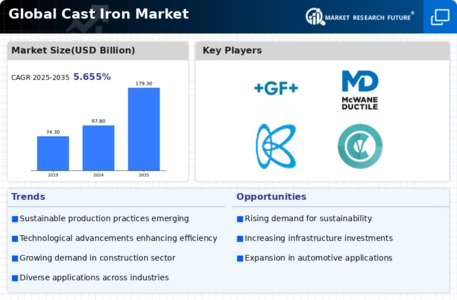
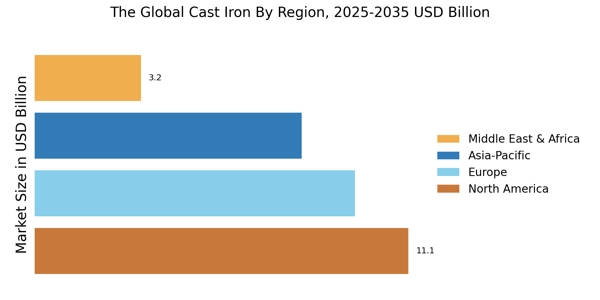
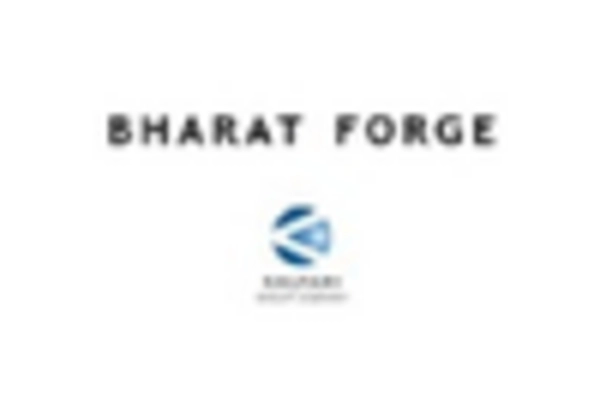
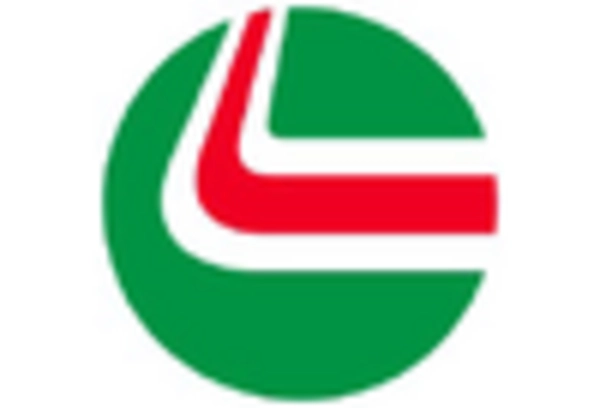
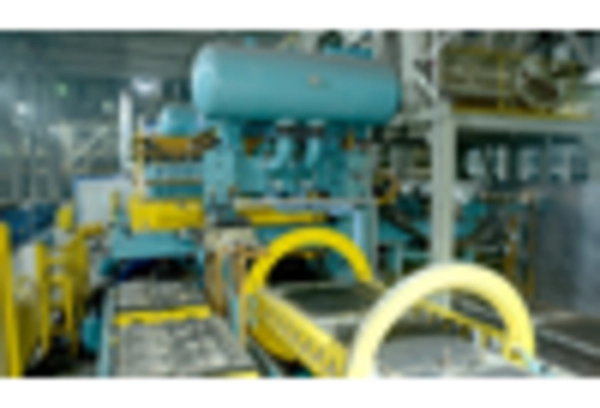
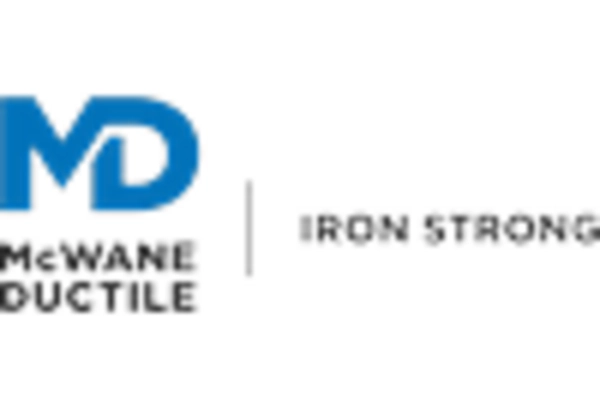
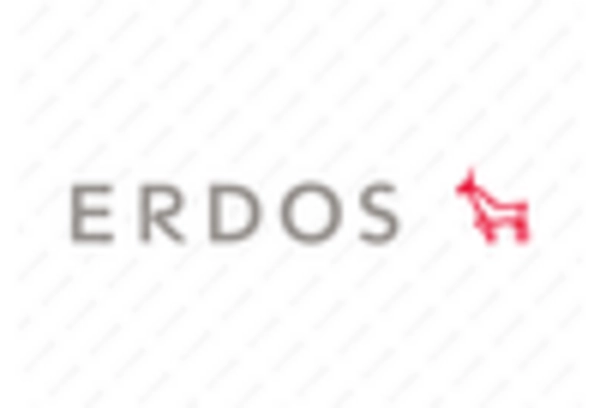
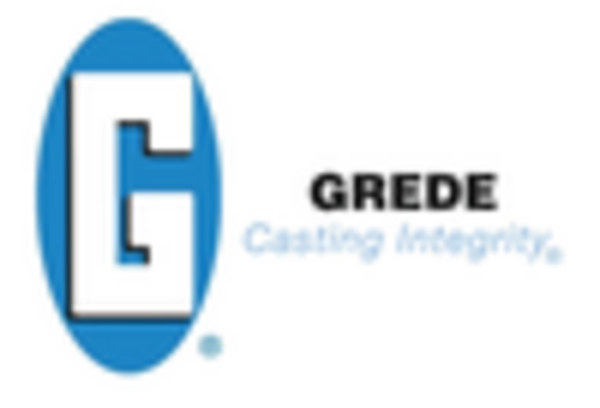












Leave a Comment